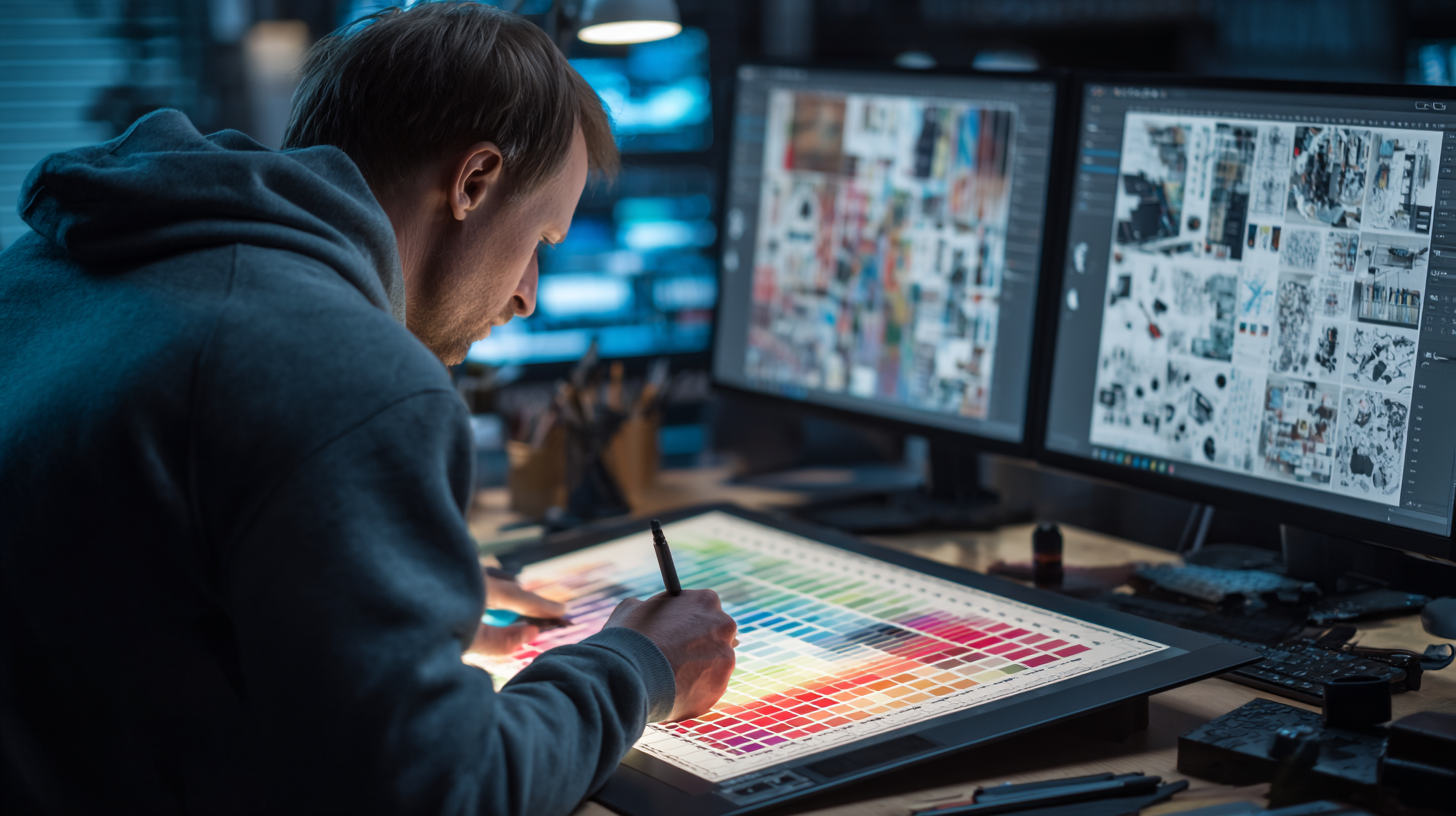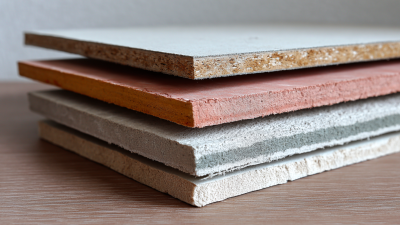Transform Your Designs with the Future of Customization: The Ultimate Guide to Digital Print Boards
In the rapidly evolving landscape of design and manufacturing, Digital Print Boards are redefining the boundaries of customization. According to a recent report by Smithers Pira, the global digital printing market is projected to reach $29.5 billion by 2025, driven extensively by advancements in digital printing technologies. This growth underscores the increasing demand for personalized products, where Digital Print Boards play a crucial role in meeting consumer expectations for both quality and uniqueness. With their ability to produce high-resolution graphics and complex designs on various substrates, these boards facilitate unprecedented design flexibility and speed to market. As brands vie for attention in saturated markets, harnessing the potential of Digital Print Boards becomes essential for any forward-thinking designer or manufacturer, promising not only to enhance creativity but also to drive competitive advantage.
Understanding Digital Print Boards: A Comprehensive Overview
Digital print boards have revolutionized the way designers approach customization in their projects. Understanding the fundamental characteristics of digital print boards is essential for maximizing their potential. Unlike traditional printing methods, digital print boards utilize advanced technology to produce high-quality prints with vibrant colors and intricate details. This process enables designers to create unique and personalized designs with ease, catering to niche markets and individual customer preferences.
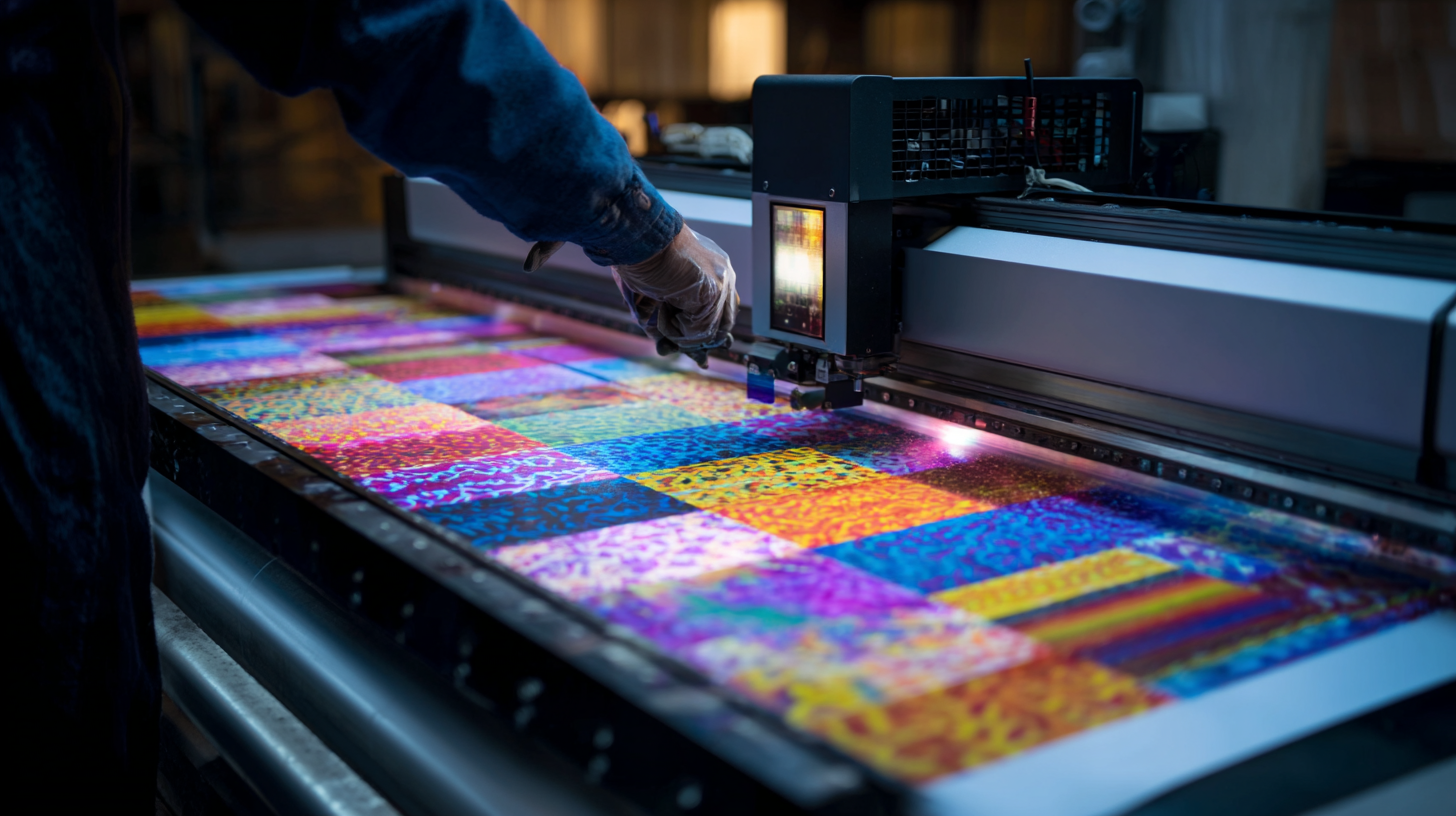
One of the key advantages of digital print boards is their versatility. They can be used across various applications, from signage to product packaging and promotional materials. With the ability to print on a wide range of surfaces, including wood, metal, and plastic, digital print boards open up a world of creative possibilities. Additionally, the rapid turnaround time associated with digital printing allows designers to experiment and iterate quickly, making it easier to adapt to trends and client feedback. By understanding the capabilities and benefits of digital print boards, designers can enhance their productivity and creativity, setting themselves apart in an increasingly competitive market.
Key Benefits of Digital Print Boards in Custom Design
Digital print boards are revolutionizing the custom design landscape, offering an array of benefits that cater to diverse industries. One of the key advantages is the ability to produce highly customized designs with remarkable efficiency. According to a report by Smithers Pira, the digital printing market is projected to reach $187 billion by 2027, driven largely by the growing demand for customized printed products. This shift towards personalization enables companies to meet specific consumer needs swiftly, fostering stronger customer engagement and satisfaction.
Moreover, digital print boards facilitate shorter production runs without sacrificing quality. Companies can create small batches of unique designs at a cost-effective rate, which is particularly beneficial for businesses looking to test new products or markets. A 2022 study from the International Data Corporation (IDC) noted that over 70% of marketers believe personalized content increases customer retention, highlighting how digital print boards not only enhance design flexibility but also contribute to better marketing outcomes. As brands leverage these advanced technological capabilities, they can stay ahead in an increasingly competitive marketplace.
Step-by-Step Process for Creating Custom Digital Print Designs
In the ever-evolving landscape of design, digital print boards represent a revolutionary tool for customization, allowing creators to bring their visions to life with unprecedented flexibility. According to a recent report by Smithers Pira, the digital print market is expected to attain a value of $220 billion by 2025, driven by advancements in technology and increased consumer demand for personalized products. This growth speaks volumes about the vital role of custom digital print designs in various industries, from fashion to interior decor.
Creating custom digital print designs involves a straightforward yet detailed step-by-step process. First, designers should define the concept and purpose of the design, ensuring it resonates with the target audience. Following this, the selection of high-quality images and graphics is critical; a report from the International Data Corporation (IDC) indicates that 75% of consumers are more likely to purchase a product that features original and eye-catching designs. Once the design elements are in place, utilizing software tools for layout and color management ensures the print meets professional standards. Finally, selecting the right materials for printing is essential for achieving the desired visual impact and durability, making the initial design concept a tangible reality.
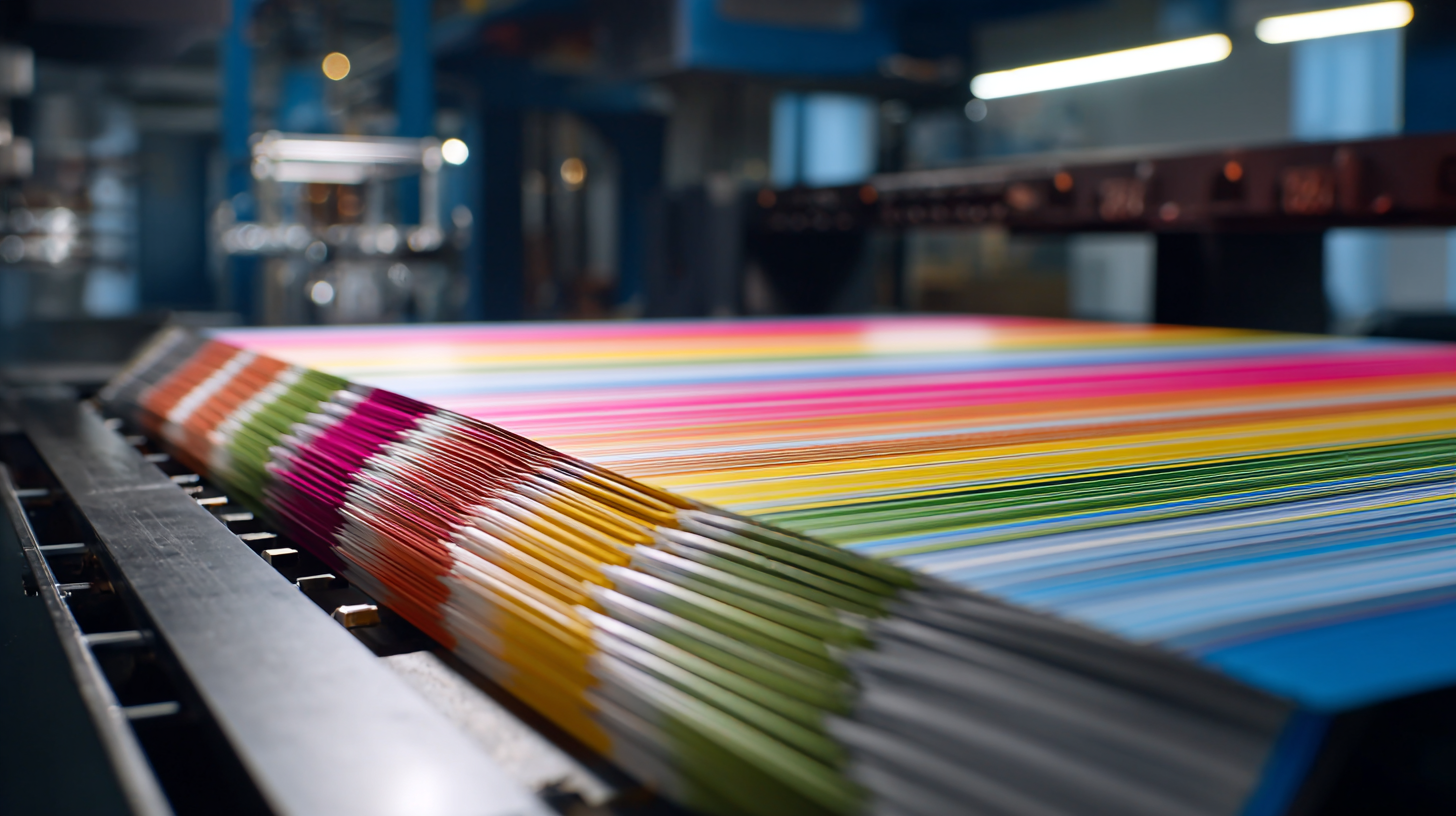
Best Practices for Maximizing Impact with Digital Print Boards
When it comes to maximizing the impact of digital print boards, understanding best practices is essential. One of the foremost strategies is to leverage high-quality visuals that resonate with your target audience. This means using vibrant colors and clear images that draw attention and convey your message effectively. In addition to visuals, ensuring the text is concise and legible can significantly enhance comprehension and retention. The choice of fonts and sizes should align with the overall design, maintaining a balance that facilitates quick understanding.
Another key practice is to focus on the layout and composition of your print boards. A well-structured arrangement allows viewers to navigate the information effortlessly. Utilizing grids or designated sections can help create a flowing narrative that guides the observer’s eye. Moreover, incorporating interactivity, such as QR codes or dynamic elements, can engage the audience in a more immersive experience. By combining thoughtful design elements with strategic content placement, digital print boards can achieve a profound impact that elevates your brand and captivates viewers.
Transform Your Designs with the Future of Customization: Digital Print Boards Impact
This chart illustrates the impact of different customization options on customer satisfaction and sales for digital print boards. The data represents a survey conducted among graphic designers, showcasing the effectiveness of various features.
Exploring Future Trends in Digital Print Technology for Customization
As we journey into the future, the landscape of digital print technology is rapidly evolving, setting the stage for exciting advancements in customization. The digital printing industry is projected to be valued at approximately $3.18594 billion by 2025, with an impressive growth forecast of $44.88503 billion by 2033, reflecting a compound annual growth rate (CAGR) of 4.38%. This growth illustrates the increasing demand for tailored solutions in various sectors, driving innovation in printing technology.
One notable segment within this market is high-speed inkjet printers, with an expected market size of $14.036 billion in 2025, growing to $19.961 billion by 2033 at a CAGR of 4.5%. This indicates a shift towards faster and more efficient printing capabilities, allowing businesses to meet the rising consumer expectations for customized products.
**Tips for Optimization:** To capitalize on these trends, businesses should invest in the latest printing technologies and stay informed about emerging innovations. Engaging with industry exhibitions like the upcoming South China International Printing Exhibition can provide insights into future trends and technologies that will shape the customization landscape. Additionally, exploring versatile materials, such as specialized photo papers projected to reach $1.6041 billion in 2025, can enhance the quality and appeal of printed products.

Products
About Us
Download
News
Blog
Contact Us
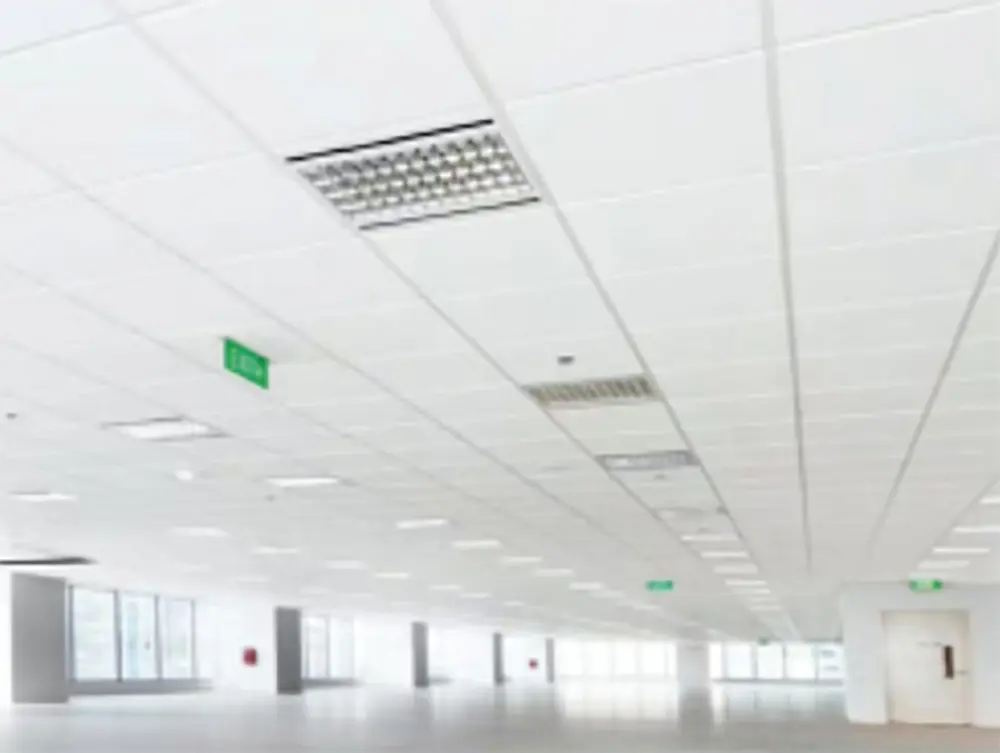 LEAO®Deco Ceiling
LEAO®Deco Ceiling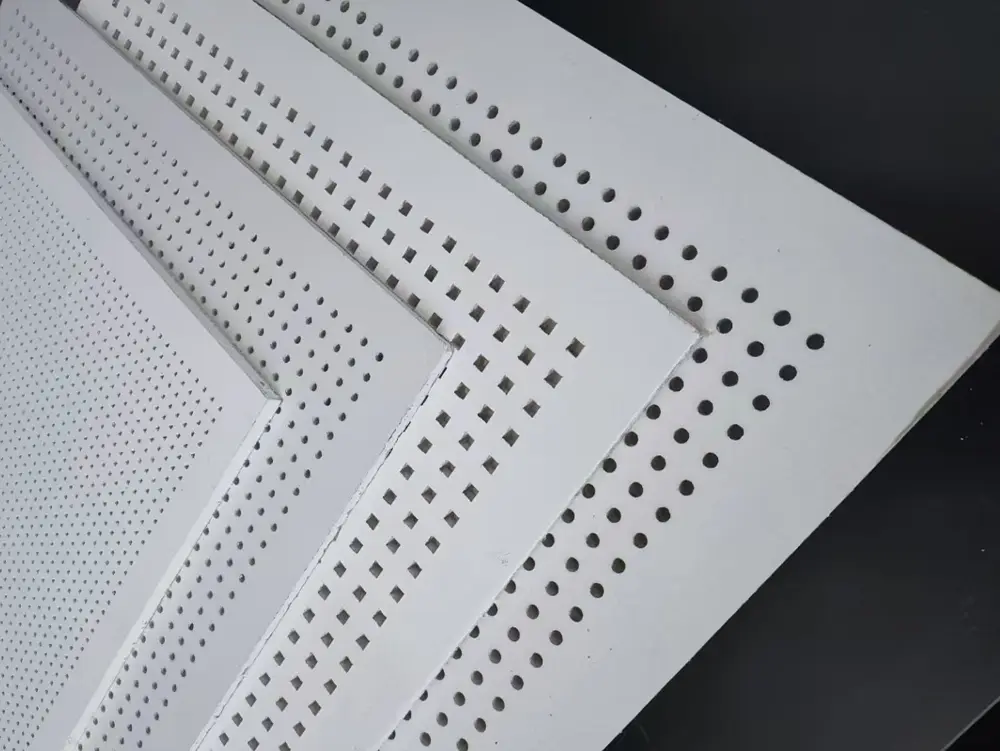 LEAO® Perforated Ceiling
LEAO® Perforated Ceiling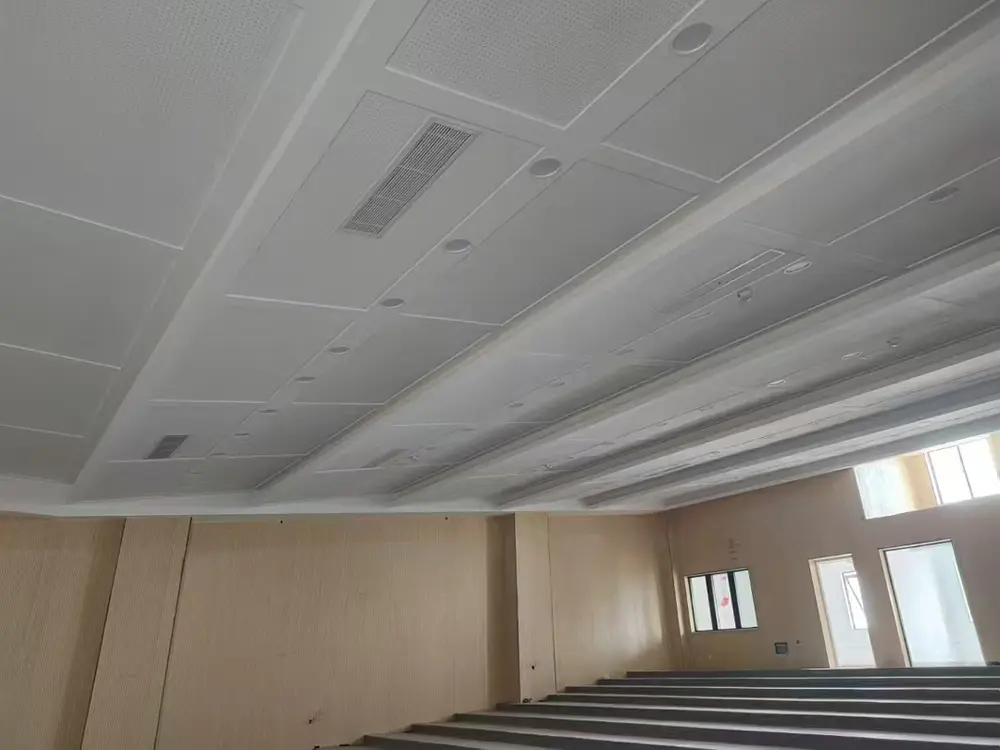 LEAO® Ceiling Board
LEAO® Ceiling Board LEAO® Groove Interior Panel
LEAO® Groove Interior Panel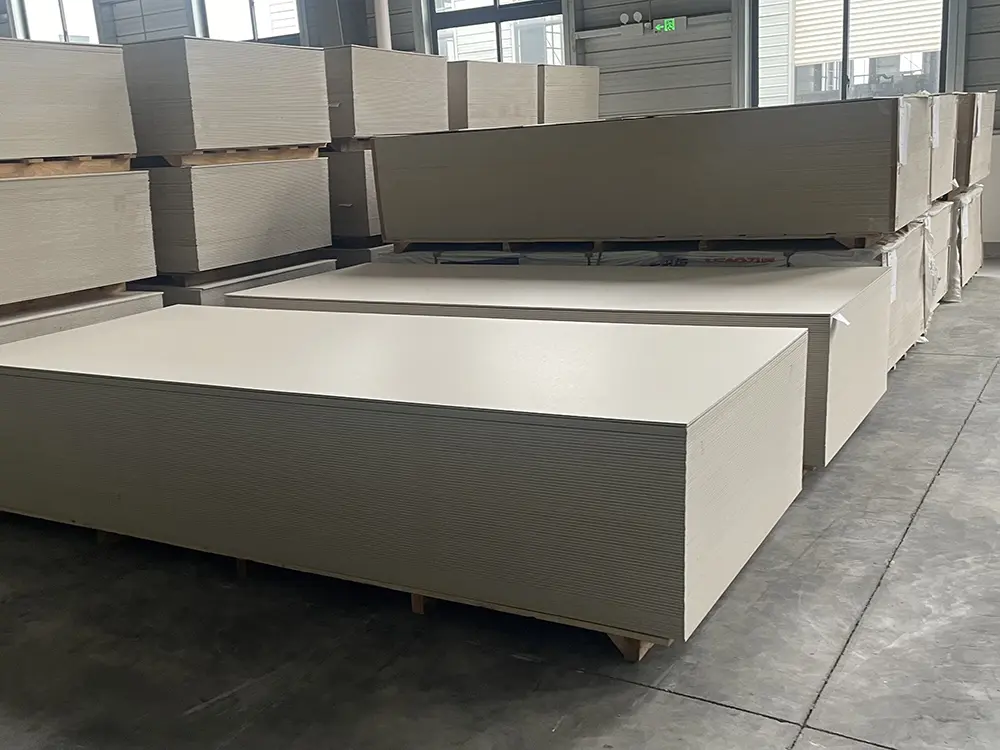 LEAO® Interior Board
LEAO® Interior Board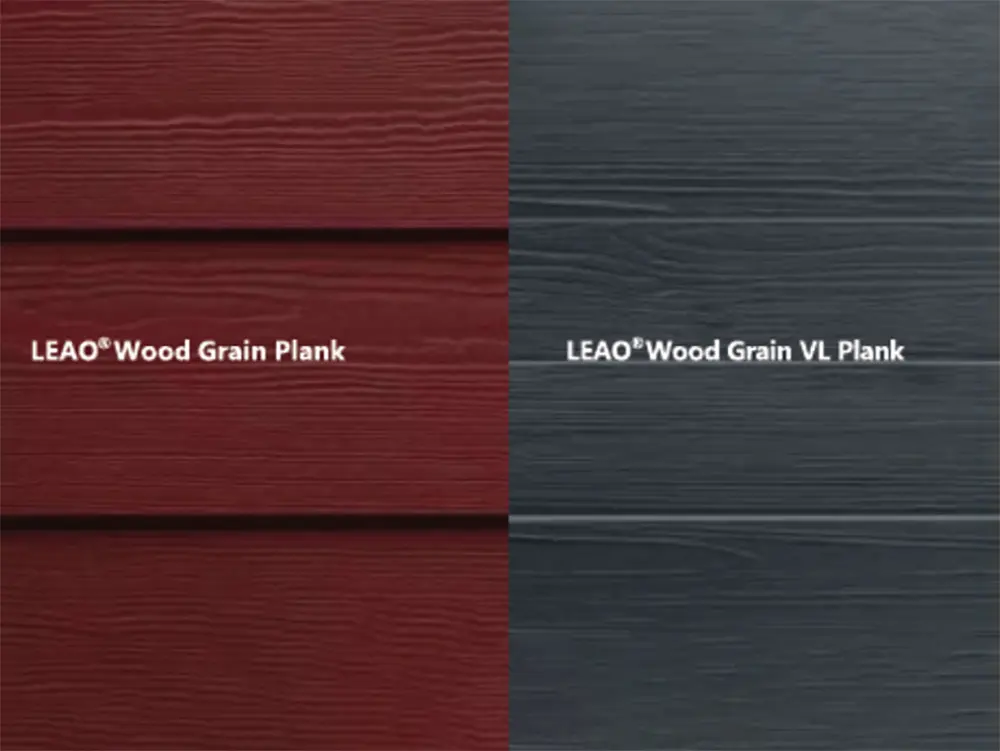 LEAO® Wood Grain Plank
LEAO® Wood Grain Plank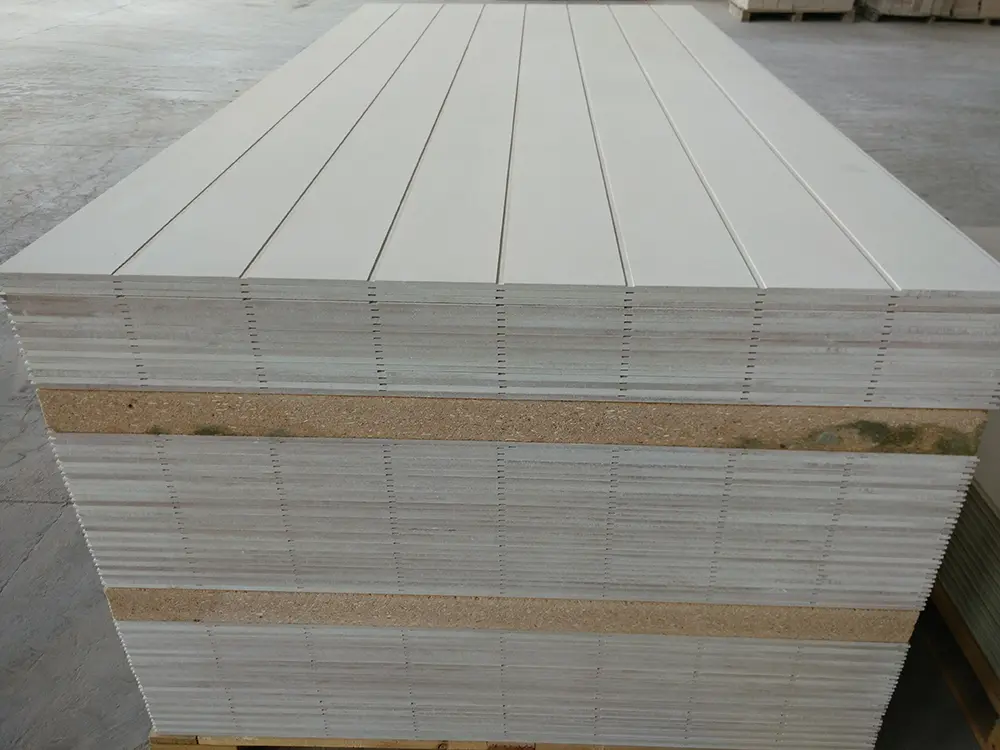 LEAO® Grooved Exterior Panel
LEAO® Grooved Exterior Panel LEAO® Weatherboard
LEAO® Weatherboard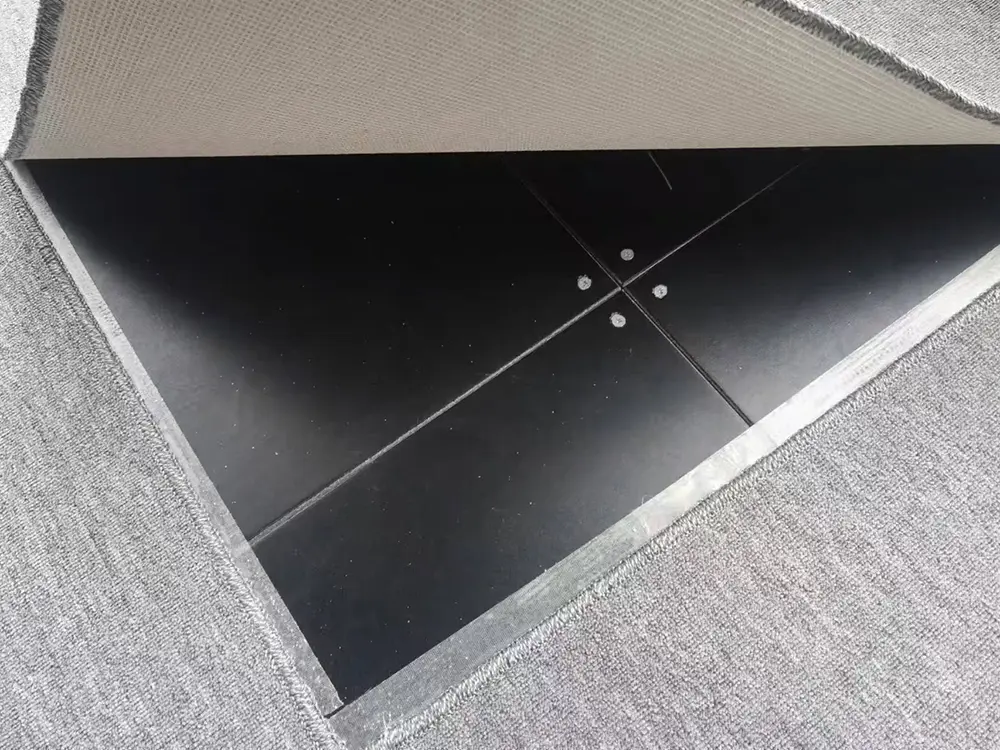 LEAO® Access Floors
LEAO® Access Floors LEAO® Non-removable Formwork
LEAO® Non-removable Formwork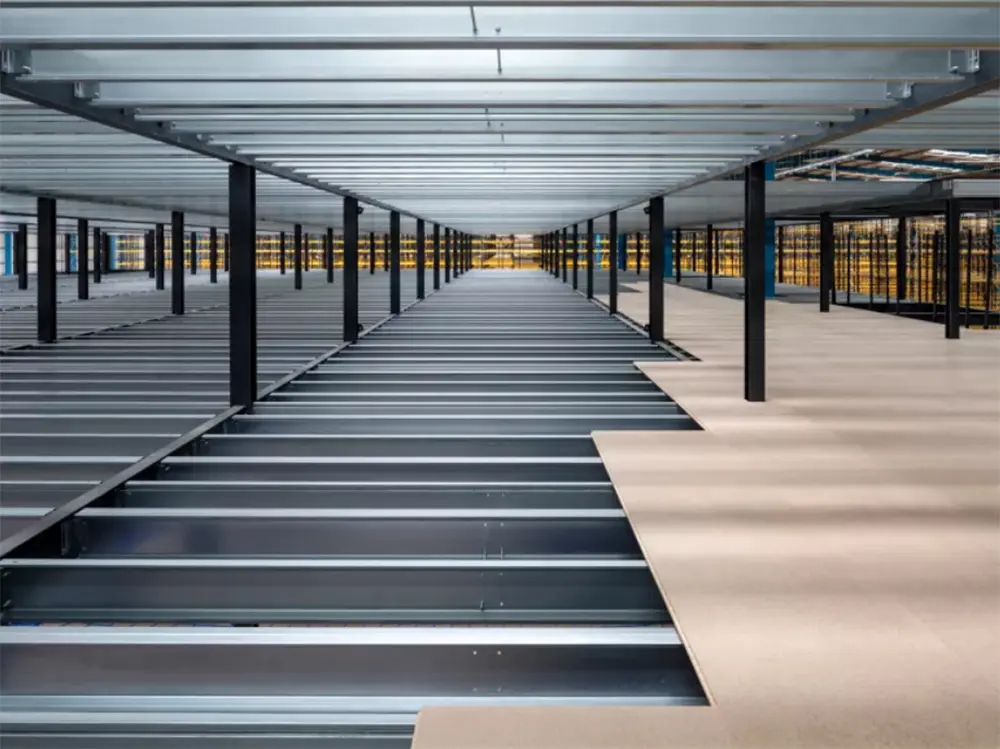 LEAO® Mezzanine Board
LEAO® Mezzanine Board LEAO® Ceramic Tile Underlay
LEAO® Ceramic Tile Underlay LEAO® Floor Plank
LEAO® Floor Plank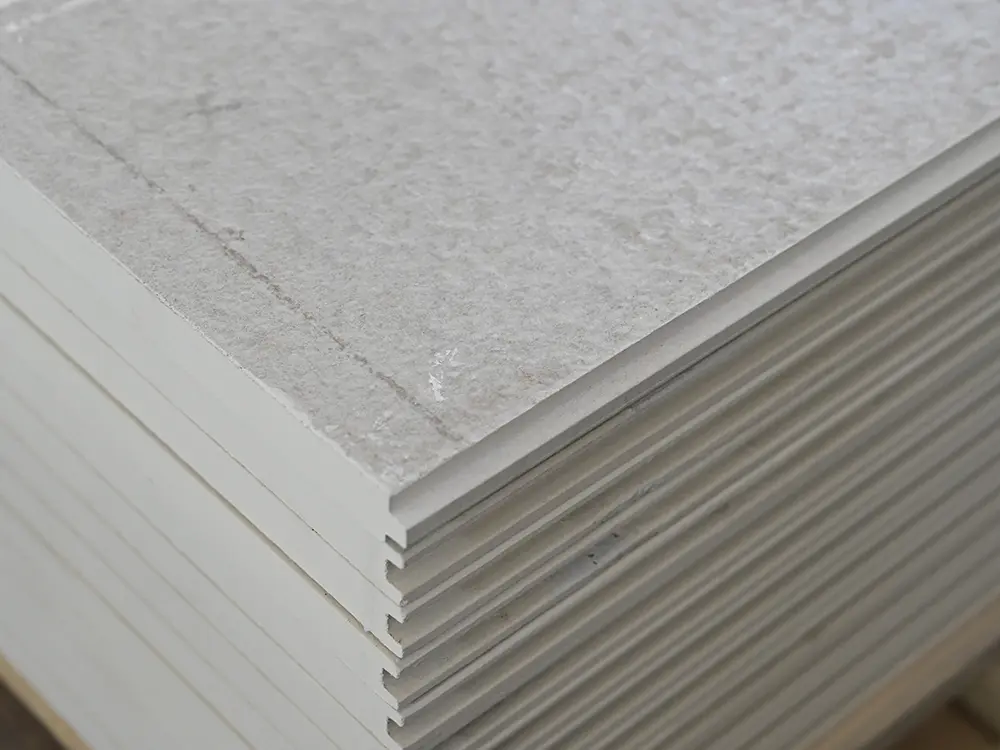 LEAO® Flooring
LEAO® Flooring LEAO® Wood Style Decorative Panel
LEAO® Wood Style Decorative Panel LEAO® Stone Style Decorative Panel
LEAO® Stone Style Decorative Panel LEAO® Pure Style Decorative Panel
LEAO® Pure Style Decorative Panel